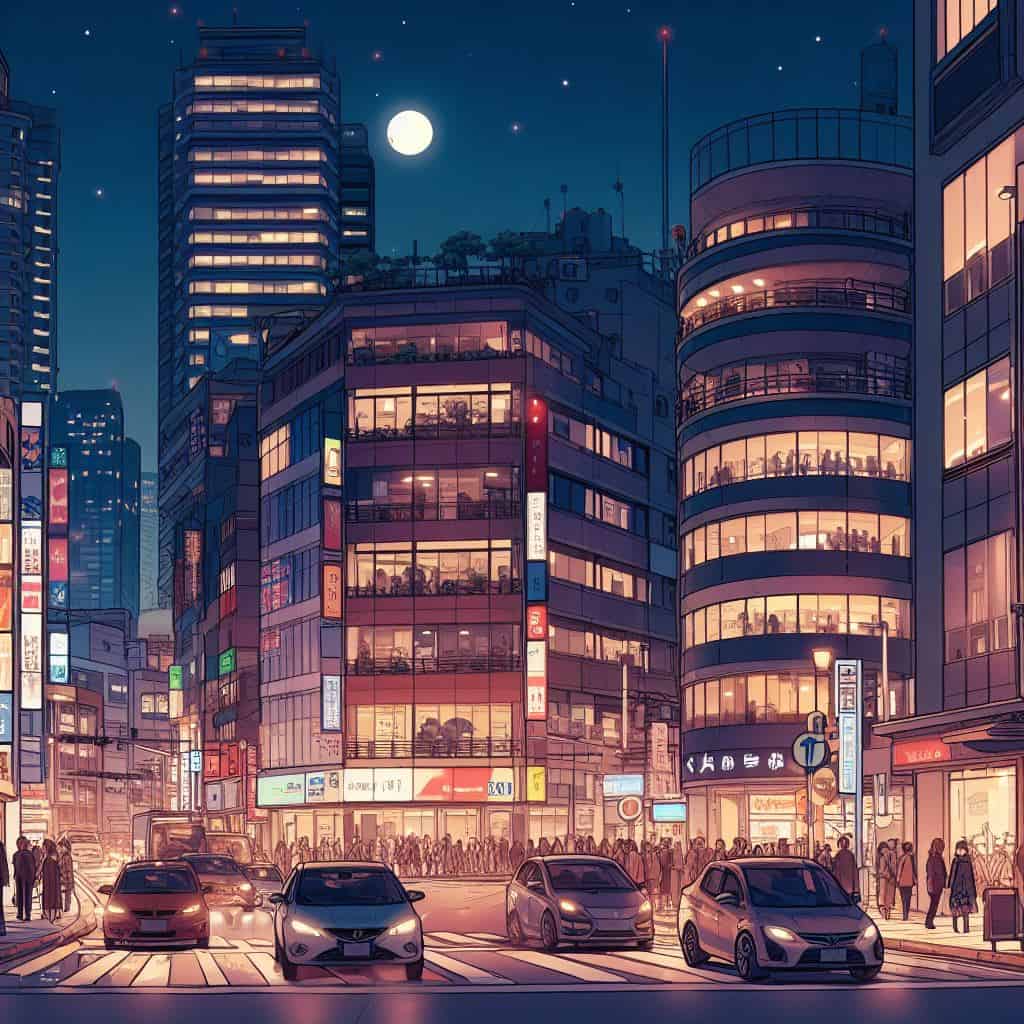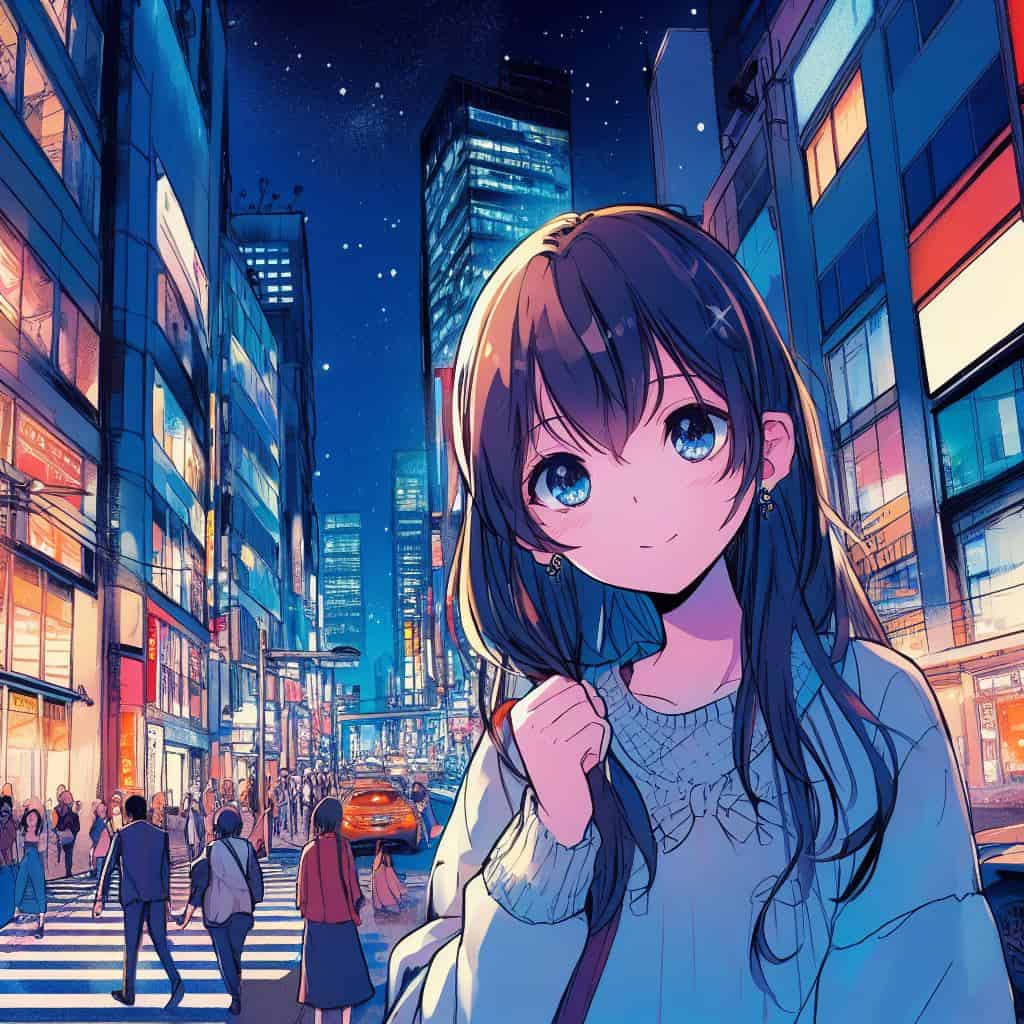Turn Your Night Shots from Meh to WOW: GoPro Low Light with Gimbal Game-Changers

The night isn’t just an absence of light; it’s a canvas. When most see challenges in capturing the night, a select few see a world of opportunities with their GoPro Hero 12. What separates them isn’t just the device, but how they use it. Dive deep with me as we unravel the art of nighttime filming, inspired by ‘Great Day For A Hike’ and refined with a touch of personal experience. It’s time to redefine what we think we know about low light footage.
Capturing the Night: Low Light Filming with the GoPro Hero 12 – A Look at Great Day For A Hike’s Method
Having recently watched a fantastic video by the YouTuber ‘Great Day For A Hike’, I was inspired to dive deep into the nuances of low light filming with the GoPro Hero 12. Anyone who’s tried capturing video when the sun goes down knows that getting that perfect shot with the right settings can be tricky. But fret not! Great Day For A Hike breaks it down for us.
The Magic of the Right Settings
First and foremost, getting your GoPro settings right is pivotal. Here’s how the YouTuber sets up the Hero 12 for those breathtaking low light captures:
- Video Mode Essentials:
- Mode: Standard.
- Aspect Ratio: 8×7, maximizing the sensor’s capability.
- Resolution: Crisp 5.3K.
- Frame Rate: 24 FPS, with an alternative 25 FPS for certain regions.
- Lens Setting: Go wide with the ‘Wide’ option.
- Diving into ProTune:
- Shutter Speed: A key tip here is to set it at 1/48, which essentially doubles the frame rate. This allows more light into your captures, making it brighter and livelier.
- White Balance: If you’re someone who loves grading your footage later, ‘Native’ is your go-to. If not, oscillate between 3200k and 4000k.
- ISO: Both Min and Max should be set at 800. But remember, bright urban environments could have it at 400.
- Sharpness & Color: ‘Low’ for sharpness and ‘Flat’ for color (unless you’re not grading, then go ‘Natural’).
The Gimbal Game
One of the standout features from Great Day For A Hike’s video was the emphasis on using a gimbal. While the GoPro Hero 12 offers HyperSmooth for stabilization, Great Day For A Hike suggests turning it off for low light captures. You might wonder, won’t that make the footage shaky? Enter the gimbal.
By using a gimbal, you’re not just stabilizing the footage externally but also allowing for a more natural and smooth movement. This becomes especially vital during low light filming where every shake can distort the limited light entering the camera. The YouTuber even gives gimbal recommendations, catering to different budget brackets.
If you’re not using a gimbal and rely on the GoPro’s HyperSmooth, the YouTuber does provide a tip: adjust your shutter speed to at least 1/192 to eliminate any jitter and ghosting. However, he strongly emphasizes that using a gimbal and maintaining a shutter speed of 1/48 offers the best results in low light settings.
Wrapping it Up
Great Day For A Hike’s method is a comprehensive approach to mastering low light filming with the GoPro Hero 12. The emphasis on correct settings coupled with the magic touch of a gimbal can take your nighttime captures to the next level. Having tried out these recommendations myself, I can confidently say that the results are awe-inspiring. So the next time you’re out filming under the starry skies, keep these tips in mind and watch the magic unfold on screen.
Adding My Own Touch
While Great Day For A Hike’s methodology offers a robust framework, I decided to experiment a little and add my personal touch to it. Here’s my spin on maximizing the GoPro Hero 12’s low light capabilities:
Experimental Settings
- Frame Rate Tweak: Instead of strictly sticking to the 24 FPS, I’ve sometimes bumped it up to 30 FPS. This gives a slightly more fluid motion, especially noticeable when capturing fast-moving subjects at night, like cars or nocturnal animals.
- Playing with ISO: While the recommended ISO setting is 800 for both Min and Max, I’ve ventured occasionally to push it to 1000, especially when the ambient light is minimal. This does introduce a tad more noise, but sometimes it adds a grainy aesthetic that can be appealing for certain shots.
GoPro Labs Exploration
While it’s crucial to nail down the basic settings for nighttime filming, pushing the envelope and exploring the advanced functionalities of the GoPro can set your footage apart. This is where GoPro Labs enters the picture. Having played around with it, I’ve found two game-changing features for nighttime shooting:
- Real-time Exposure Display (EXPS): Often, in low light conditions, one of the key challenges is knowing the ISO and shutter speed your GoPro is using. With the
EXPS=1functionality in GoPro Labs, you can see the current ISO and shutter speed in real-time during both preview and capture modes. This makes on-the-fly adjustments easier, ensuring you’re not shooting blind. - Histogram Display (HIST): Another gem from GoPro Labs, the histogram, can be a lifesaver in understanding your exposure levels. By setting
HIST=x, where ‘x’ can be any value from 1 to 11, you get a clear visual representation of the contrast in your shots. For instance, usingHIST=5gives you a mid-level contrast display. This tool can be invaluable in preventing overexposed or underexposed shots. And if you don’t want the histogram, simply setHIST=0to disable it.
Leveraging GoPro Labs for nighttime filming can be a game-changer, offering more granular control and insights into your shooting process. By utilizing these advanced functionalities, you can make informed decisions on the spot, ensuring that your low light footage truly stands out.
The Power of External Lights
While not discussed in the original video, I’ve found that using subtle external lighting can drastically enhance the quality of nighttime footage. Portable LED panels or even smartphone flashes can serve as great tools to fill in shadows or highlight subjects.
Gimbal Moves
Building upon the gimbal recommendation, I’ve started to use certain gimbal movements to add dynamism to my shots. Techniques like the ‘inception spin’ or slow tilts can introduce a cinematic touch to your videos. Plus, with the GoPro’s wide lens, these moves look even more pronounced and dramatic.

Post-Processing
Lastly, while Great Day For A Hike touched upon grading, I’ve found that sometimes playing with LUTs (Look-Up Tables) specifically designed for nighttime footage can further enhance the color quality. Programs like DaVinci Resolve or Adobe Premiere Pro offer a plethora of LUT options that can be a game-changer.
In Conclusion
While the foundational settings and gimbal usage provided by Great Day For A Hike are spot-on, adding your individual tweaks based on your creative vision is always beneficial. Nighttime filming can be challenging, but with the right tools and techniques, the GoPro Hero 12 can be your trusty companion capturing the magic of the night.


